한식 읽기 좋은 날
Hansik, Expanding the Horizons of Global Gastronomy
HANSIK Report from Overseas
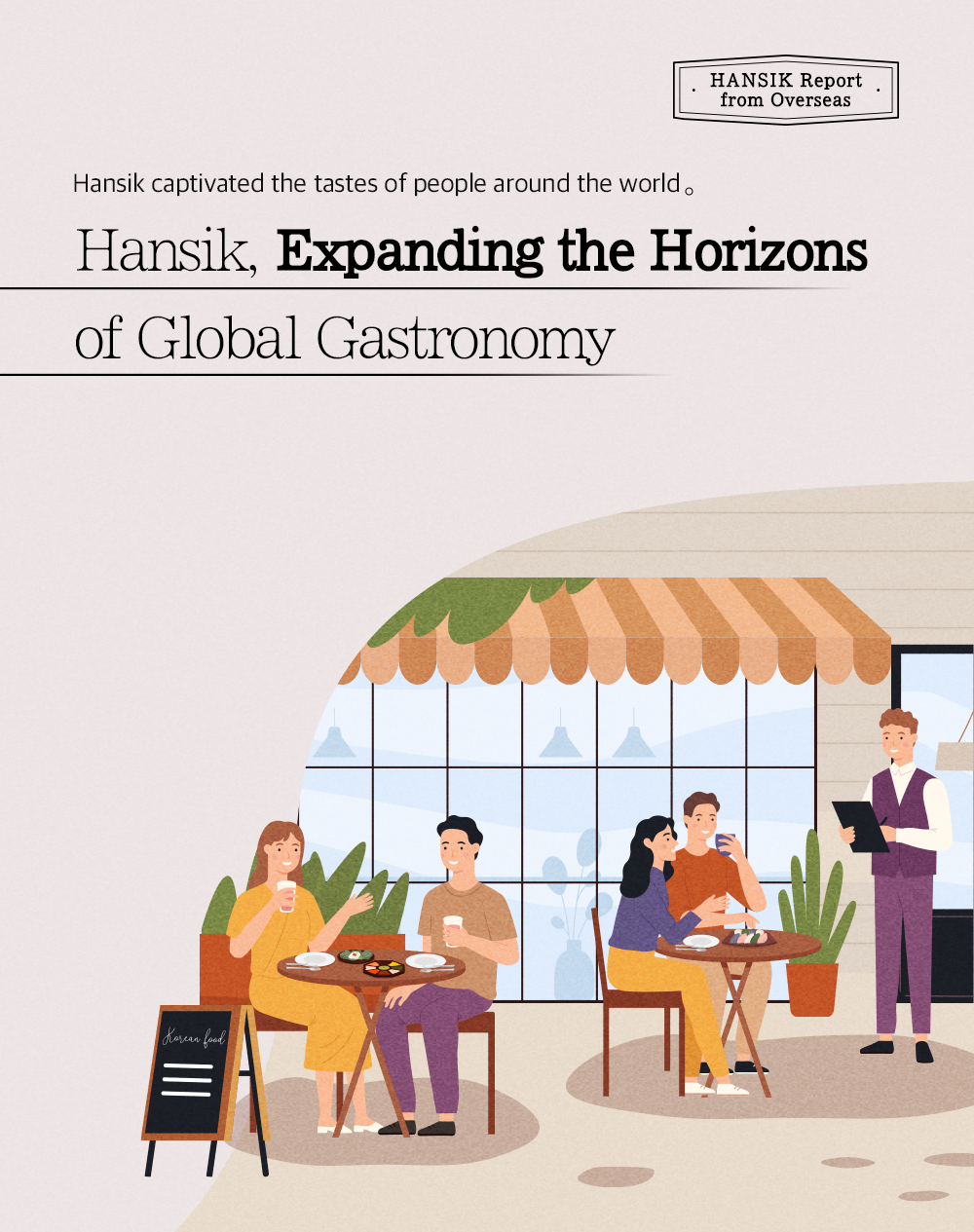
In the heart of New York, known for its culinary trends, various Hansik restaurants, including fine dining options, are winning the affection of locals. Meanwhile, in the rapidly developing Middle East, the first Michelin-starred Hansik restaurant has emerged. With Hansik expanding its reach through diverse formats—from large-scale catering to everyday recipes—it feels like it’s only a matter of time before Hansik finds a place on everyone’s dining table around the world. Let’s explore the international achievements of K-food that are making waves across various fronts.

U.S. Culinary Scene Set Ablaze by Korean Fine Dining
A fine dining boom for Hansik is underway in the culinary city of New York. ‘The 2023 Michelin Guide New York’ has listed over 11 Hansik restaurants, a record high, and seven Hansik restaurants made it onto the New York Times’ list of ‘The 100 Best Restaurants in New York for 2024’.
Restaurants such as Jungsik, which earned two Michelin stars by presenting a new paradigm for Hansik, Jua, which achieved one Michelin star just one year after opening in 2020, and Atomix, which ranked 6th in the ‘2024 World’s 50 Best Restaurants’, are drawing significant attention on New York’s culinary scene. We hope that the challenges and efforts of Korean chefs will continue to bear fruit, and that meaningful news enhancing the status of Hansik will keep coming.
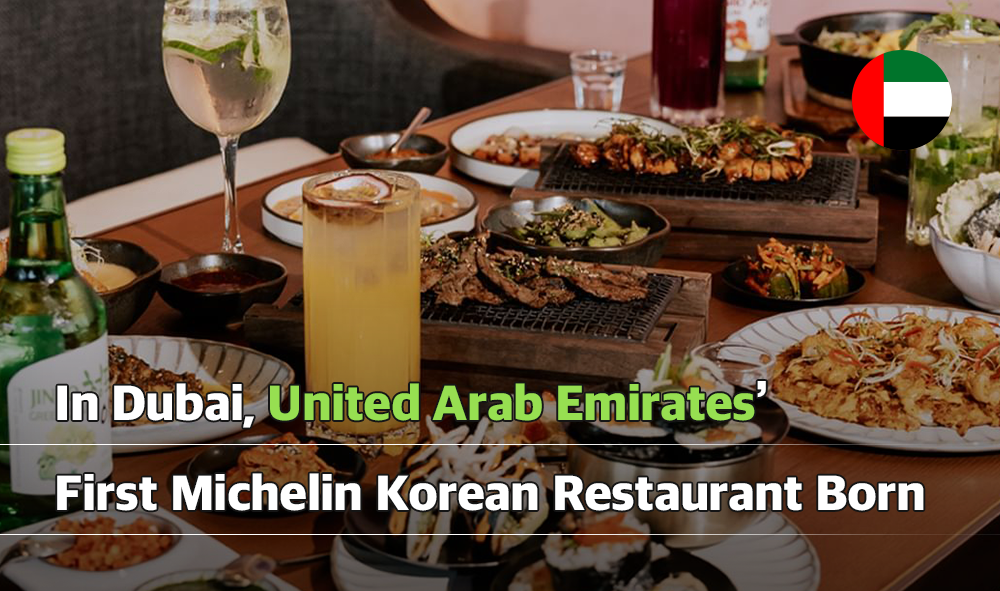
In Dubai, United Arab Emirates’ First Michelin Korean Restaurant Born
Change is unfolding in the Middle East as well, where previously Hansik restaurants were hard to find. The news that ‘Hoe Lee Kow’, a fusion Hansik restaurant, has been included in the 2024 Michelin Guide Dubai marks a significant development. Opened last year by a Singaporean chef, Hoe Lee Kow has earned a Bib Gourmand designation for providing excellent food at reasonable prices.
According to market research firm Euromonitor, Google search volumes for ‘Korean restaurants’ in the United Arab Emirates rose by over 900% in the first half of this year, reaching approximately 8,100 searches compared to the previous year. This indicates a growing interest in Hansik restaurants among Middle Eastern consumers, which is certainly welcome news for the domestic restaurant industry that is working hard to explore new overseas markets.
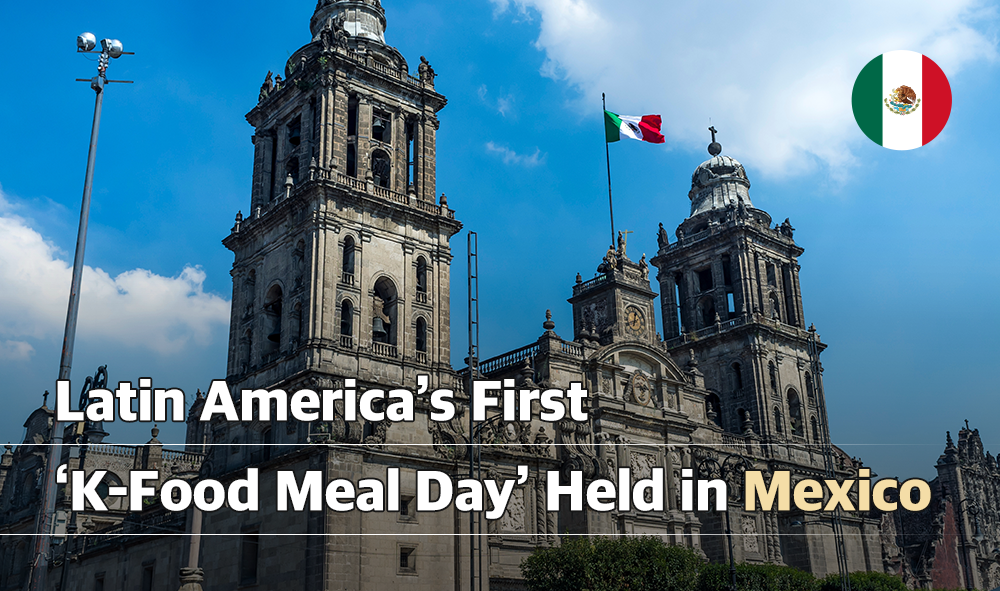
Latin America’s First 'K-Food Meal Day' Held in Mexico '
In Mexico, known as the ‘land of tacos’, the first ‘K-Food Meal Day’ event in Latin America has taken place. Organized by the Ministry of Agriculture, Food and Rural Affairs and the Korea Agro-Fisheries & Food Trade Corporation, the event provided Korean lunch menus, including kimchi, instant rice, ramen, and beverages, to around 3,000 local workers at two manufacturing sites in Monterrey.
Mexico has the highest import rate of Korean agricultural products among Latin American countries. With a strong preference for spicy flavors and significant interest in K-content among its youth, the future for vibrant agricultural exports to Mexico looks promising. In particular, the government plans to implement various initiatives to expand extensive catering services that would induce stable, large-scale exports. This news paints a hopeful picture of Hansik appearing on food trays across Latin America and, ultimately, worldwide.
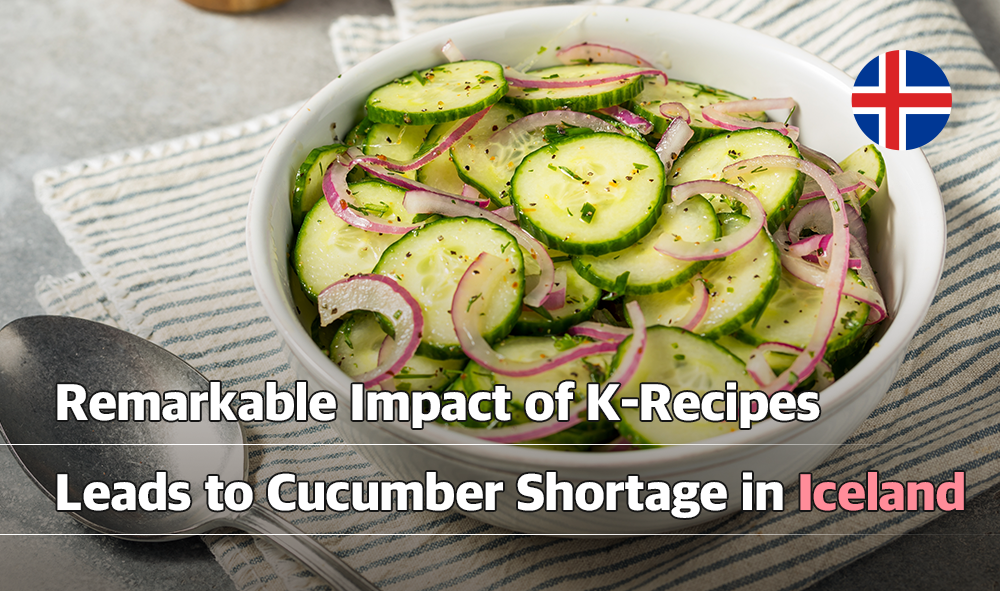
Remarkable Impact of K-Recipes Leads to Cucumber Shortage in Iceland
A Canadian creator making Hansik mukbang (eatcast) and cooking content has caused a dramatic increase in cucumber consumption in Iceland, with demand rising more than twofold due to a video featuring a ‘Korean-style cucumber salad’. The recipe, which includes sliced cucumbers with sesame oil, rice vinegar, and garlic, has not only boosted cucumber sales but also doubled the sales of other ingredients like sesame oil and chili oil.
Iceland's response to Hansik can also be seen in the tvN variety show ‘Seo Jin's 2’, where cast members run a Hansik restaurant and showcase dishes like gomtang (beef bone soup), galbijjim (braised short ribs), and dakgalbi (spicy stir-fried chicken). Despite being unfamiliar with these dishes, locals showed great enthusiasm, resulting in long queues outside the restaurant. The intense popularity of Hansik even in the frozen landscape of Iceland bodes well for its future influence.
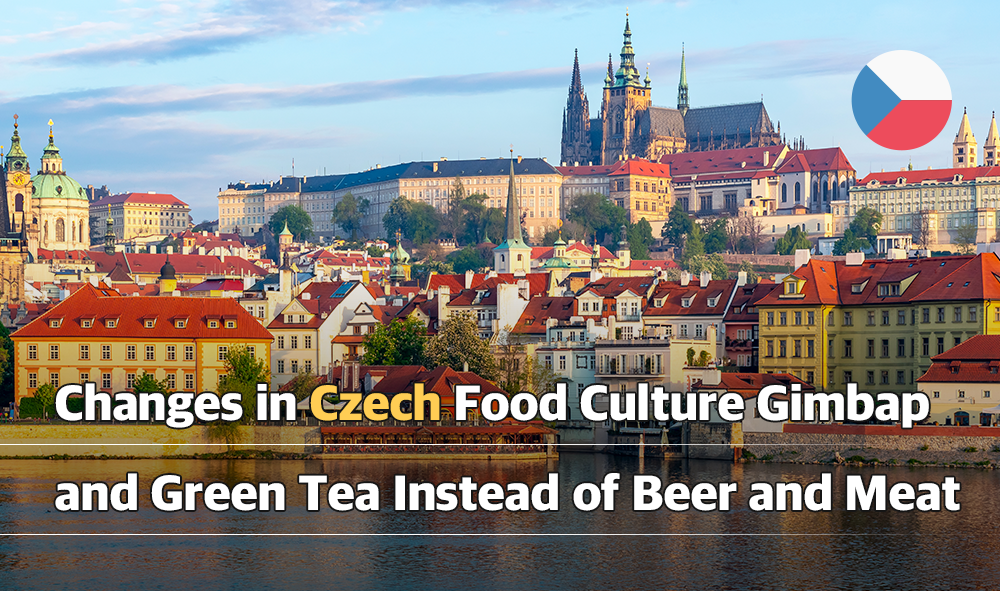
Changes in Czech Food Culture, Gimbap and Green Tea Instead of Beer and Meat
In the Czech Republic, a landlocked country where meat and beer have traditionally dominated the food culture, there has been a noticeable shift towards vegetarian preferences in line with the global vegan trend. Coupled with Hallyu (Korean wave), there is growing interest in Hansik, with dishes like gimbap, bibimbap, and japchae (stir-fried glass noodles and vegetables) appealing to those looking for delicious options made with a variety of ingredients without meat.
At the same time, a culture among the younger generation that promotes moderation over excessive drinking has led to an increased interest in lighter alcoholic beverages and non-alcoholic drinks. As a result, the demand for Korean beverages such as yujacha (citrus tea), green tea, and makgeolli (unrefined rice wine) is also on the rise. With more locals embracing diverse culinary traditions than in the past, it seems that the love for K-Food among Czechs will continue to grow.
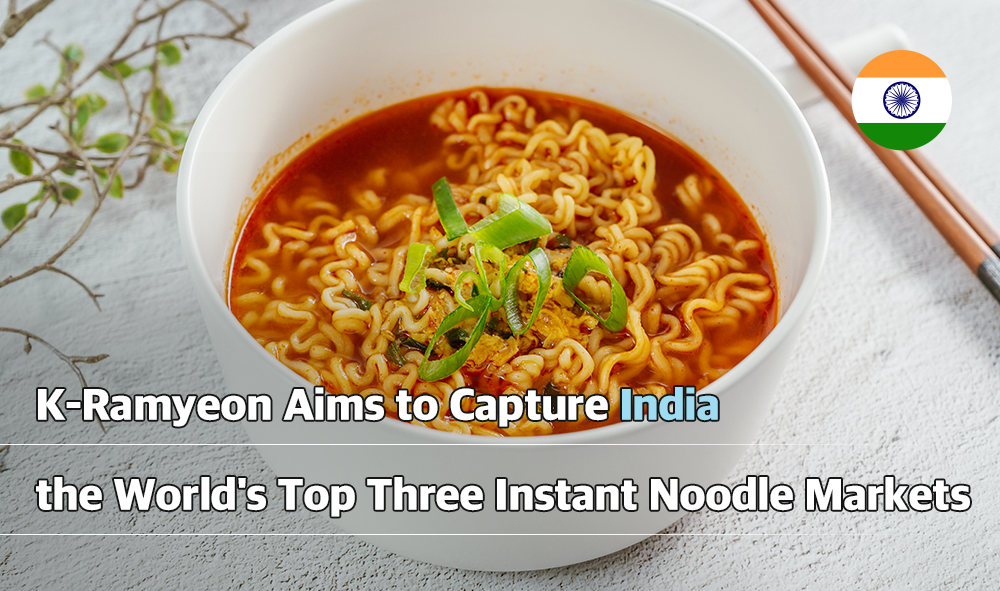
K-Ramyeon Aims to Capture India, the World's Top Three Instant Noodle Markets
Indians, who often have a long gap between lunch and dinner, frequently satisfy their hunger with snacks like ramyeon (instant noodles) and biscuits. In a country that consumes about 8.7 billion packets of ramyeon annually, the popularity of K-ramyeon has been rising due to the influence of Hallyu (Korean wave), prompting Korean food companies to act quickly. They are introducing a variety of localized noodle options tailored to Indian preferences, which include a high proportion of vegetarians and a preference for flavors like curry, tomato, and spiciness.
According to the World Instant Noodles Association (WINA), India ranks third in ramyeon consumption statistics, following China and Indonesia. With urbanization and a growing young population, the growth of the instant noodle market is expected to accelerate. We hope that the efforts of our food industry to tap into this largest population market will bear fruit.
Photo official website of Jua and Hoe Lee Kow
References Newsis "7 Korean Restaurants Listed in NYT's 'Top 100 Restaurants in New York'", Edaily "First Michelin-Listed Korean Restaurant in Dubai… Exploring Its Menu [Food World]", Herald Economy "Rising Google Search Volumes for Korean Restaurants Among Foodies in Dubai [Global Food Report with aT]", Ministry of Agriculture, Food and Rural Affairs "From Cafeterias to Social Media, K-Food Making Waves in the Lives of Mexicans", Chosun Ilbo "Korean Salad Recipe Video Goes Viral in Iceland, Leading to Cucumber Shortage", KOTRA Overseas Market News "K-Consumer Goods Trend in Czech Food Culture Change, Expanding Beyond Beauty to Food Products", Chosun Ilbo "K-Ramyeon Takes on India with an Annual Consumption of 8.7 Billion Packs”










